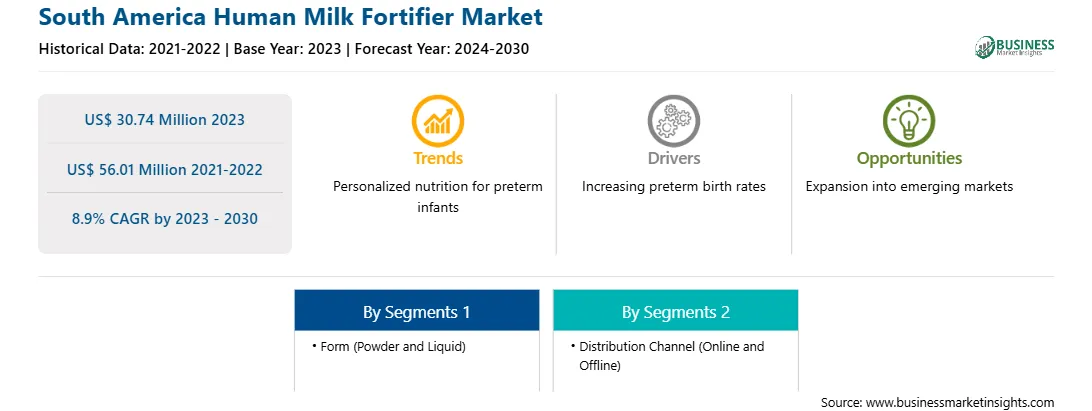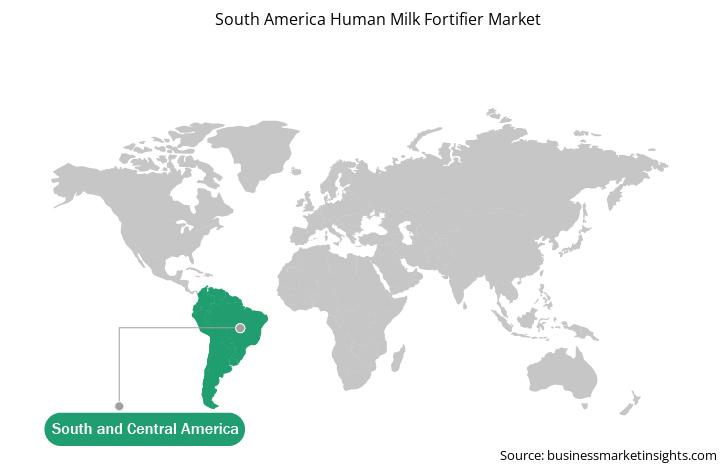Human milk fortifiers are recommended for preterm babies, underweight infants, and infants having nutritional deficiencies. Providing human milk fortifiers to infants that have started to suckle at the breast can be challenging for the mother and might shorten the duration of the breastfeeding period. Hence, feeding techniques such as cup feeding, supplemental nursing system (SNS), and finger feeder method are introduced to increase the use of fortifiers in infants after discharge from hospitals. Cup feeding is one of the safe fortifiers feeding but cannot be used during nursing. Supplement nursing system is another alternative for providing human milk fortifiers during breastfeeding. However, this system is difficult to handle and requires nursing experience to feed the baby. The finger feeder method enables mothers to breastfeed their infants and meet their nutritional needs. In this method, handling and preparation of fortifiers is easy. According to the study conducted by Nestle Nutritional Institute, more than 67% of infants accepted devices and fortifiers during nursing. Further, efforts are being made to develop ready-to-use, liquid human milk fortifier mixtures that can be directly fed during breast feeding.
Thus, the new ways of feeding fortifiers are expected to introduce new trends into the South America human milk fortifier market during the forecast period.
South America has observed a significant increase in birth rates in recent years. The growing population of newborns, including preterm infants, has resulted in an increased demand for human milk fortifiers to meet the nutritional requirements of these babies. Also, increasing urbanization and changing lifestyles have led to increased adoption of modern practices, including an emphasis on infant nutrition. As more families move to urban areas, there is a growing awareness of the importance of providing optimal nutrition to infants, which has driven the demand for human milk fortifiers.
Strategic insights for the South America Human Milk Fortifier provides data-driven analysis of the industry landscape, including current trends, key players, and regional nuances. These insights offer actionable recommendations, enabling readers to differentiate themselves from competitors by identifying untapped segments or developing unique value propositions. Leveraging data analytics, these insights help industry players anticipate the market shifts, whether investors, manufacturers, or other stakeholders. A future-oriented perspective is essential, helping stakeholders anticipate market shifts and position themselves for long-term success in this dynamic region. Ultimately, effective strategic insights empower readers to make informed decisions that drive profitability and achieve their business objectives within the market.

| Report Attribute | Details |
|---|---|
| Market size in 2023 | US$ 30.74 Million |
| Market Size by 2030 | US$ 56.01 Million |
| CAGR (2023 - 2030) | 8.9% |
| Historical Data | 2021-2022 |
| Forecast period | 2024-2030 |
| Segments Covered |
By Form
|
| Regions and Countries Covered | South and Central America
|
| Market leaders and key company profiles |
|
The geographic scope of the South America Human Milk Fortifier refers to the specific areas in which a business operates and competes. Understanding local distinctions, such as diverse consumer preferences (e.g., demand for specific plug types or battery backup durations), varying economic conditions, and regulatory environments, is crucial for tailoring strategies to specific markets. Businesses can expand their reach by identifying underserved areas or adapting their offerings to meet local demands. A clear market focus allows for more effective resource allocation, targeted marketing campaigns, and better positioning against local competitors, ultimately driving growth in those targeted areas.

South America Human Milk Fortifier Market Segmentation
The South America human milk fortifier market is segmented based on form, distribution channel, and country. Based on form, the South America human milk fortifier market is bifurcated into powder and liquid. The powder segment held a larger market share in 2023.
Based on distribution channel, the South America human milk fortifier market is bifurcated into online and offline. The offline segment held a larger market share in 2023.
Based on country, the South America human milk fortifier market is segmented into Brazil, Argentina, and the Rest of South America. Brazil dominated the South America human milk fortifier market in 2023.
Abbott Laboratories, Nestle SA, Raptakos, Brett & Co Ltd, Danone SA, and Reckitt Benckiser Group Plc are some of the leading companies operating in the South America human milk fortifier market.
The South America Human Milk Fortifier Market is valued at US$ 30.74 Million in 2023, it is projected to reach US$ 56.01 Million by 2030.
As per our report South America Human Milk Fortifier Market, the market size is valued at US$ 30.74 Million in 2023, projecting it to reach US$ 56.01 Million by 2030. This translates to a CAGR of approximately 8.9% during the forecast period.
The South America Human Milk Fortifier Market report typically cover these key segments-
The historic period, base year, and forecast period can vary slightly depending on the specific market research report. However, for the South America Human Milk Fortifier Market report:
The South America Human Milk Fortifier Market is populated by several key players, each contributing to its growth and innovation. Some of the major players include:
The South America Human Milk Fortifier Market report is valuable for diverse stakeholders, including:
Essentially, anyone involved in or considering involvement in the South America Human Milk Fortifier Market value chain can benefit from the information contained in a comprehensive market report.